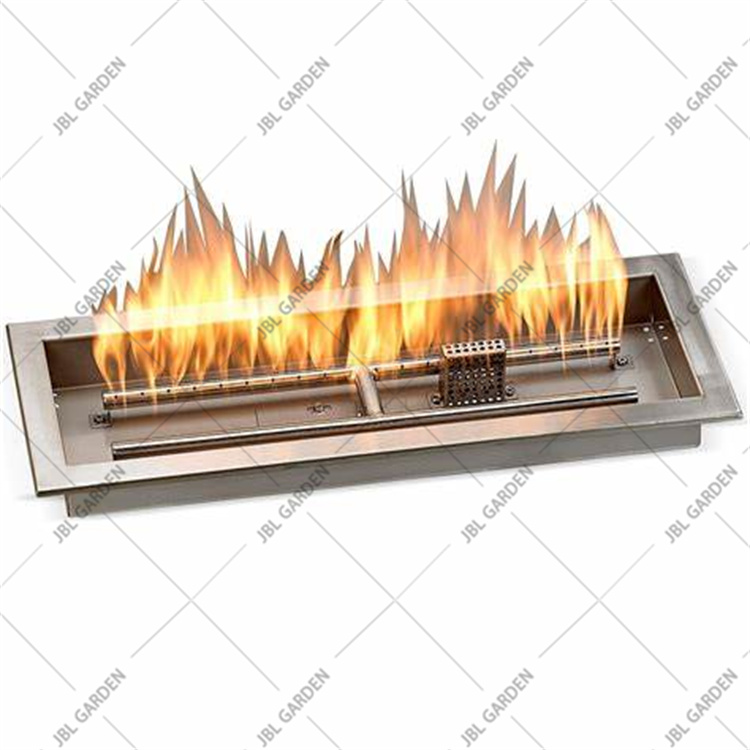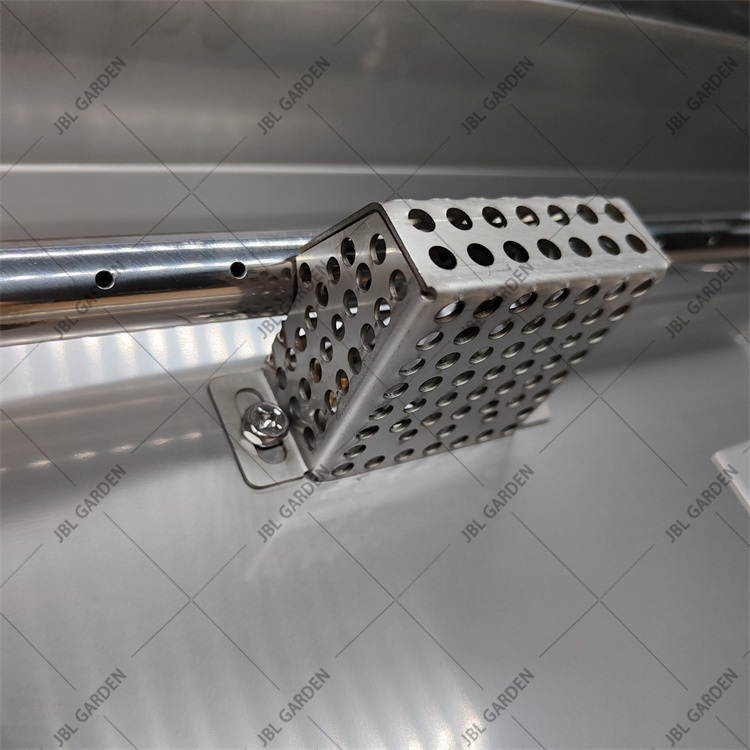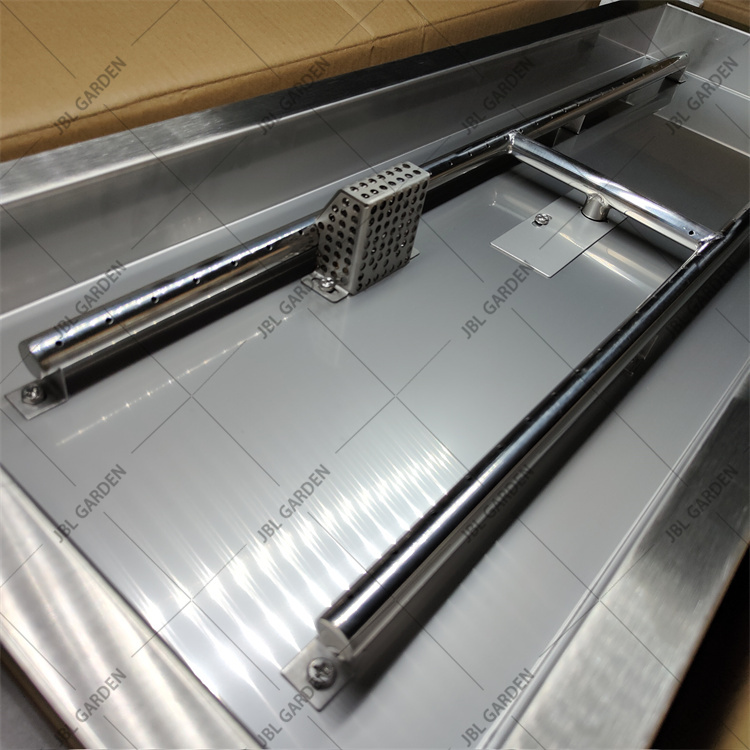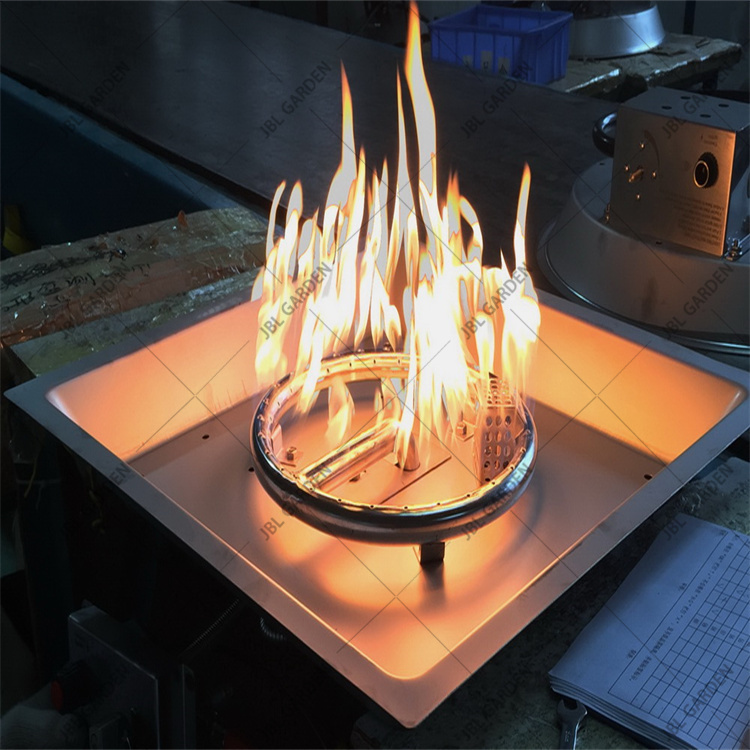Porcine circovirus type 2 (PCV-2) enzyme-linked immunoassay
Kit instruction manual
This kit is for research use only.
Detection range: 96T
3.5ng / L -100ng / L
purpose of usage:
This kit is used to determine the content of circovirus type 2 (PCV-2) in swine serum, plasma and related liquid samples. Experimental principle
This kit uses the double antibody sandwich method to determine the level of porcine circovirus type 2 (PCV-2) in the specimen. Microporous plates were coated with purified porcine circovirus type 2 (PCV-2) antibodies to make solid phase antibodies, and circovirus type 2 (PCV-2) was added to the microwells coated with monoclonal antibodies in sequence, followed by The HRP-labeled circovirus type 2 (PCV-2) antibody binds to form an antibody-antigen enzyme-labeled antibody complex, which is washed thoroughly and added with a substrate TMB for color development. TMB is converted into blue under the catalysis of HRP enzyme, and into the final yellow under the action of acid. The color depth is positively correlated with circovirus type 2 (PCV-2) in the sample. The absorbance (OD value) was measured with a microplate reader at a wavelength of 450 nm, and the concentration of porcine circovirus type 2 (PCV-2) in the sample was calculated by a standard curve. Kit composition
1
30 times concentrated washing solution
20ml × 1 bottle
7
Stop solution
6ml × 1 bottle
2
Enzyme reagent
6ml × 1 bottle
8
Standard product (200ng / L)
0.5ml × 1 bottle
3
Enzyme coated plate
12 holes × 8 strips
9
Standard dilution
1.5ml × 1 bottle
4
Sample diluent
6ml × 1 bottle
10
Instructions
1 serving
5
Developer A liquid
6ml × 1 bottle
11
Sealing film
2 sheets
6
Developer B liquid
6ml × 1 / bottle
12
sealed bag
1
Specimen requirements
1. Specimens are extracted as soon as possible after collection, and extraction is performed according to relevant literature, and experiments should be conducted as soon as possible after extraction. If the test cannot be performed immediately, the specimen can be stored at -20 ℃, but repeated freezing and thawing should be avoided
2. The samples containing NaN3 cannot be detected because NaN3 inhibits horseradish peroxidase (HRP) activity. Steps
1. Dilution of standard products: This kit provides one original standard product. The user can perform dilution in a small test tube according to the following chart.
2. Add sample: set up blank wells (the blank control wells do not add samples and enzyme reagents, the rest of the steps are the same), standard wells,
Sample hole to be tested. Accurately add 50µl of the standard on the enzyme-coated plate, add 40µl of sample diluent to the sample well, and then add 10µl of the sample to be tested (the final dilution of the sample is 5 times). Add the sample and add the sample to the bottom of the well of the microplate, try not to touch the wall of the well, shake gently to mix.
3. Incubation: seal the plate with a sealing film and incubate at 37 ° C for 30 minutes.
4. Mixing solution: Dilute 30 times concentrated washing liquid with distilled water 30 times and reserve
5. Washing: Carefully peel off the sealing film, discard the liquid, spin dry, fill each well with the washing solution, let it stand for 30 seconds and then discard, repeat this 5 times, pat dry.
6. Add enzyme: Add 50μl of enzyme label reagent to each well, except for blank wells.
7. Incubation: The operation is the same as 3.
8. Washing: The operation is the same as 5.
9. Color development: add developer A50µl first to each well, then add developer B50µl, gently shake to mix, and develop color at 37 ° C in the dark for 15 minutes.
10. Termination: Add 50µl of stop solution to each well to stop the reaction (at this time, the blue color turns to yellow).
11. Determination: Measure the absorbance (OD value) of each well in sequence with blank air conditioner zero and 450nm wavelength. Determination should be terminated
100ng / L
Standard No. 5
150µl of original standard is added to 150µl of standard diluent
50ng / L
Standard 4
Add 150µl of Standard No. 5 to 150µl of Standard Diluent
25ng / L
Standard 3
150µl Standard No. 4 is added to 150µl Standard Diluent
12.5ng / L
Standard No. 2
150µl Standard No. 3 is added to 150µl Standard Diluent
6.25ng / L
Standard 1
150µl Standard No. 2 is added to 150µl Standard Diluent
Within 15 minutes after the solution. Summary of operating procedures:
Calculation
Taking the concentration of the standard as the abscissa and the OD value as the ordinate, draw a standard curve on the coordinate paper, and find the corresponding concentration from the standard curve according to the OD value of the sample; multiply by the dilution factor; or use the concentration of the standard Calculate the linear regression equation of the standard curve with the OD value, substitute the OD value of the sample into the equation, calculate the sample concentration, and multiply it by the dilution factor to obtain the actual concentration of the sample. Precautions
1. The kit should be equilibrated at room temperature for 15-30 minutes before being taken out of the refrigerated environment. If the enzyme label coated plate is unopened, the strip should be stored in a sealed bag.
2. Crystals may be precipitated in the concentrated washing liquid, which can be heated and dissolved in a water bath during dilution, and the results will not be affected during washing.
3. The sampler should be used at each step of sample addition, and the accuracy should be regularly checked to avoid test errors. It is best to control the sampling time within 5 minutes. If there are many specimens, it is recommended to use a volley gun to add samples.
4. Please make a standard curve at the same time of each measurement, it is best to make a double hole. If the content of the test substance in the sample is too high (the OD value of the sample is greater than the OD value of the first well of the standard well), please dilute it with a certain multiple (n times) of the sample diluent and then determine it. Multiple (× n × 5).
5. The sealing film is limited to one-time use to avoid cross-contamination.
6. Please keep the substrate away from light.
7. Strictly follow the instructions, and the test results must be determined by the microplate reader.
8. All samples, washing liquids and various wastes should be treated as infectious agents.
9. The components of different batches of this reagent shall not be mixed. 10. If there is any difference with the English manual, the English manual shall prevail. Storage conditions and validity period
1. Kit storage :; 2-8 ℃.
2. Validity period: 1 year
Traditional style low-rise table-top Fire Pit pan. It makes this fire pit bowl easily transportable for camping, fishing or a simple barbecue. Because of its compact size, it's also convenient for use on balconies of small terraces.The fire pit pans & burners are made of 304 stainless steel. Designed to withstand extreme heat & harsh weather without damage or rust. Creates a brilliant, uniform flame. Add fire glass or lava rocks to match your decor to complete the look.
We have Square, round and Rectangular Fire Pit Burner
| Name |
Stainless Steel Propane Fire Pit Burner |
| Material | Stainless steel |
| Size | 800*800mm |
| Steel thickness | 2mm |
| Weight | 3.5KG |
| Packing | carton |






Fire Pit Burner,Propane Fire Pit Burner,Fire Pit Burner Kits,Gas Fire Pit Burner
Henan Jinbailai Industrial Co.,Ltd , https://www.jblbbqgrills.com
![<?echo $_SERVER['SERVER_NAME'];?>](/template/twentyseventeen/skin/images/header.jpg)